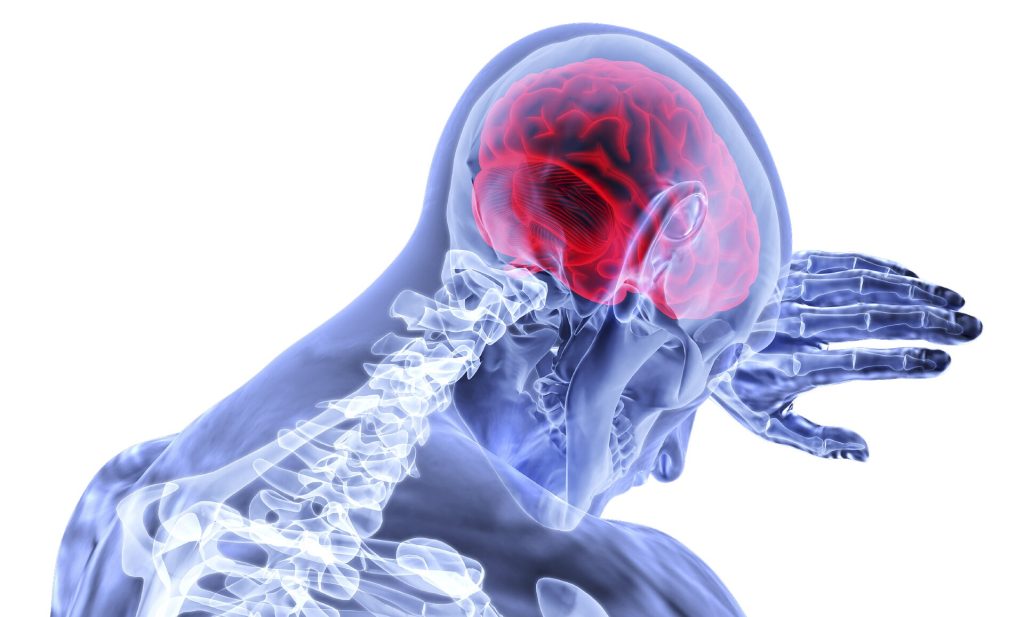Acid-lowering Meds Linked to Greater Risk of Migraines

People who take acid-reducing drugs may have a higher risk of migraine and other severe headache than people who do not take these medications, a new study has shown. The acid-reducing drugs include proton pump inhibitors such as omeprazole and esomeprazole, histamine H2-receptor antagonists, or H2 blockers, such as cimetidine and famotidine, and antacid supplements.
The study, study published in Neurology®Clinical Practice, an official journal of the American Academy of Neurology, does not prove causation; only an association.
In acid reflux, stomach acid flows into the oesophagus, usually after a meal or when lying down, causing heartburn and ulcers. People with frequent acid reflux may develop gastroesophageal reflux disease, or GORD, which can lead to cancer of the oesophagus.
“Given the wide usage of acid-reducing drugs and these potential implications with migraine, these results warrant further investigation,” said study author Margaret Slavin, PhD, RDN, of the University of Maryland in College Park. “These drugs are often considered to be overprescribed, and new research has shown other risks tied to long-term use of proton pump inhibitors, such as an increased risk of dementia.”
For the study, researchers looked at data on 11,818 people who provided information on use of acid-reducing drugs and whether they had migraine or severe headache in the past three months.
A total of 25% of participants taking proton pump inhibitors had migraine or severe headache, compared to 19% of those who were not taking the drugs. A total of 25% of those taking H2 blockers had severe headache, compared to 20% of those who were not taking those drugs. And 22% of those taking antacid supplements had severe headache, compared to 20% of those not taking antacids.
When researchers adjusted for other factors that could affect the risk of migraine, such as age, sex and use of caffeine and alcohol, they found that people taking proton pump inhibitors were 70% more likely to have migraine than people not taking proton pump inhibitors. Those taking H2 blockers were 40% more likely and those taking antacid supplements were 30% more likely.
“It’s important to note that many people do need acid-reducing medications to manage acid reflux or other conditions, and people with migraine or severe headache who are taking these drugs or supplements should talk with their doctors about whether they should continue,” Slavin said.
Slavin noted that the study looked only at prescription drugs. Some of the drugs became available for over-the-counter use at non-prescription strength during the study period, but use of these over-the-counter drugs was not included in this study.
Other studies have shown that people with gastrointestinal conditions may be more likely to have migraine, but Slavin said that relationship is not likely to fully explain the tie between acid-reducing drugs and migraine found in the study.
A limitation of the study is that a small number of people were taking the drugs, especially the H2 blockers.
Source: American Academy of Neurology









